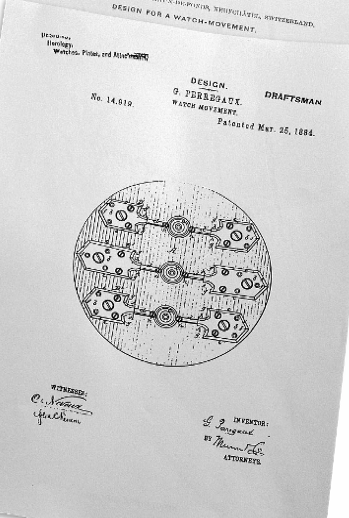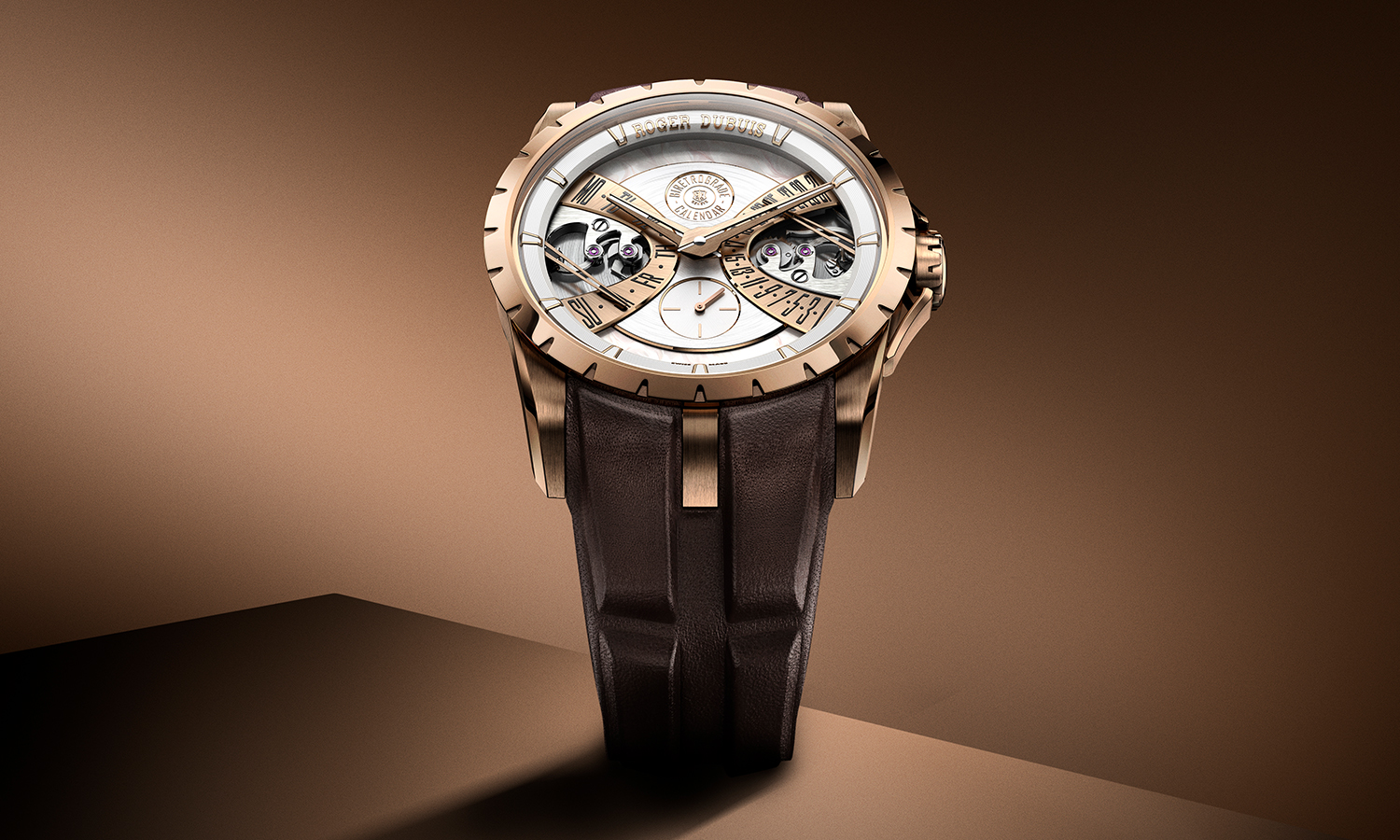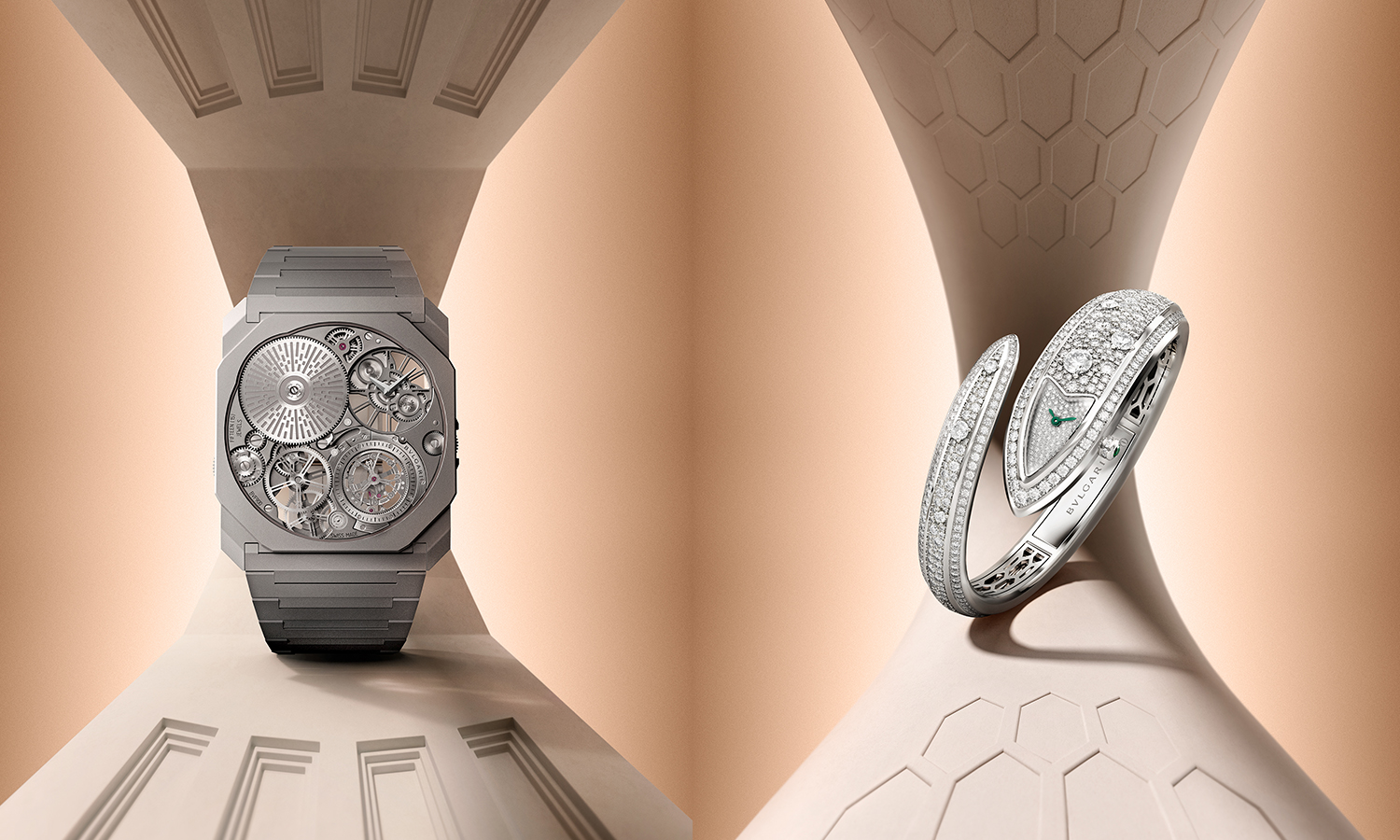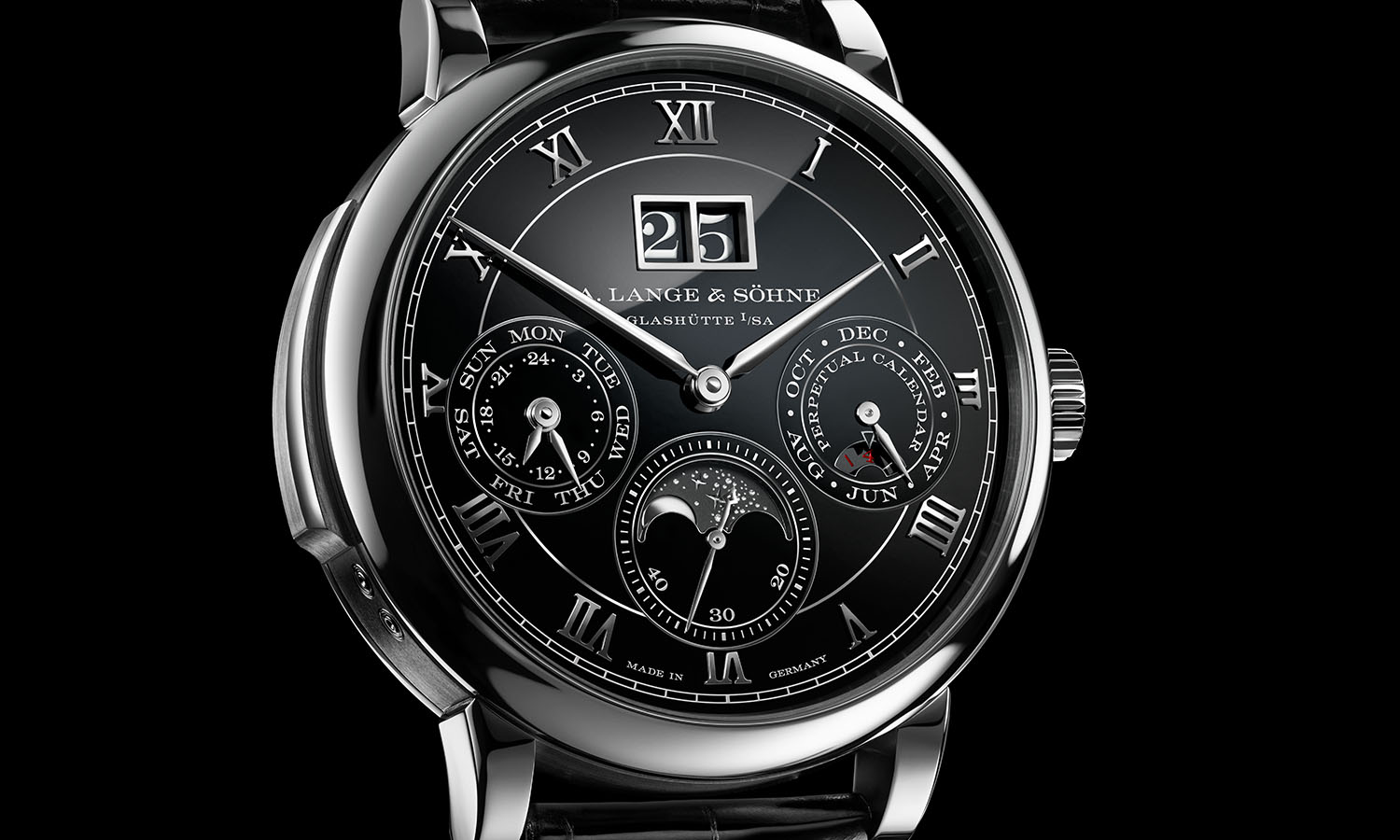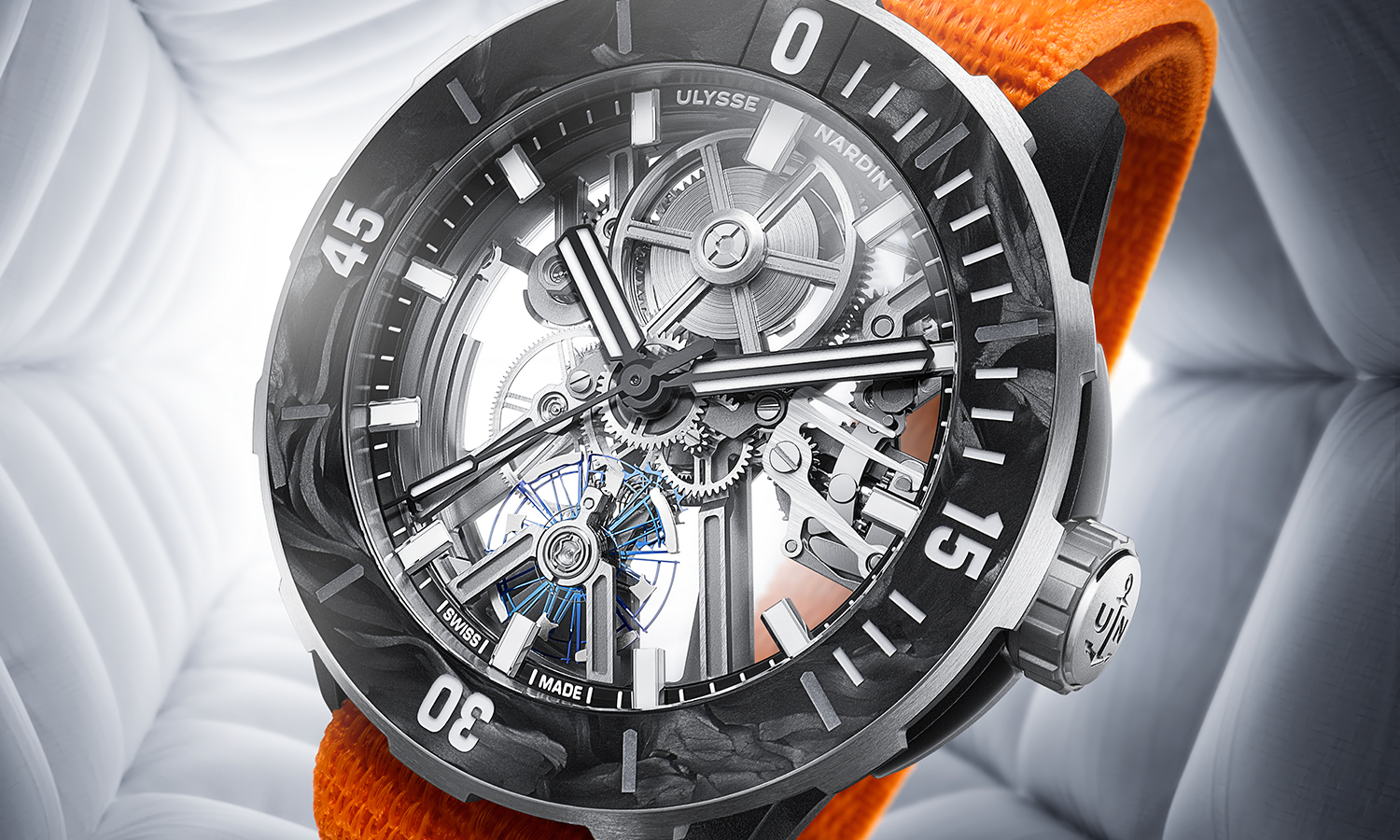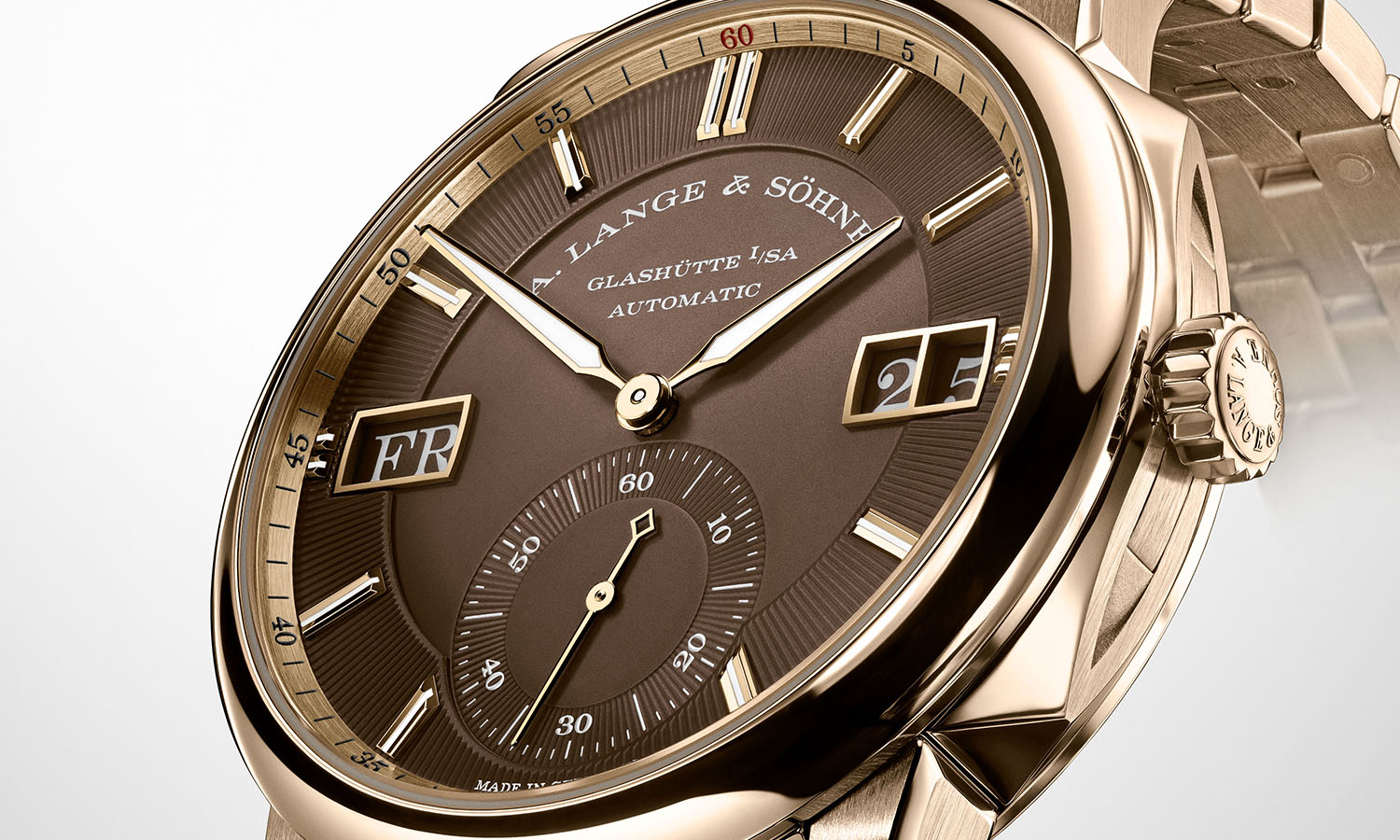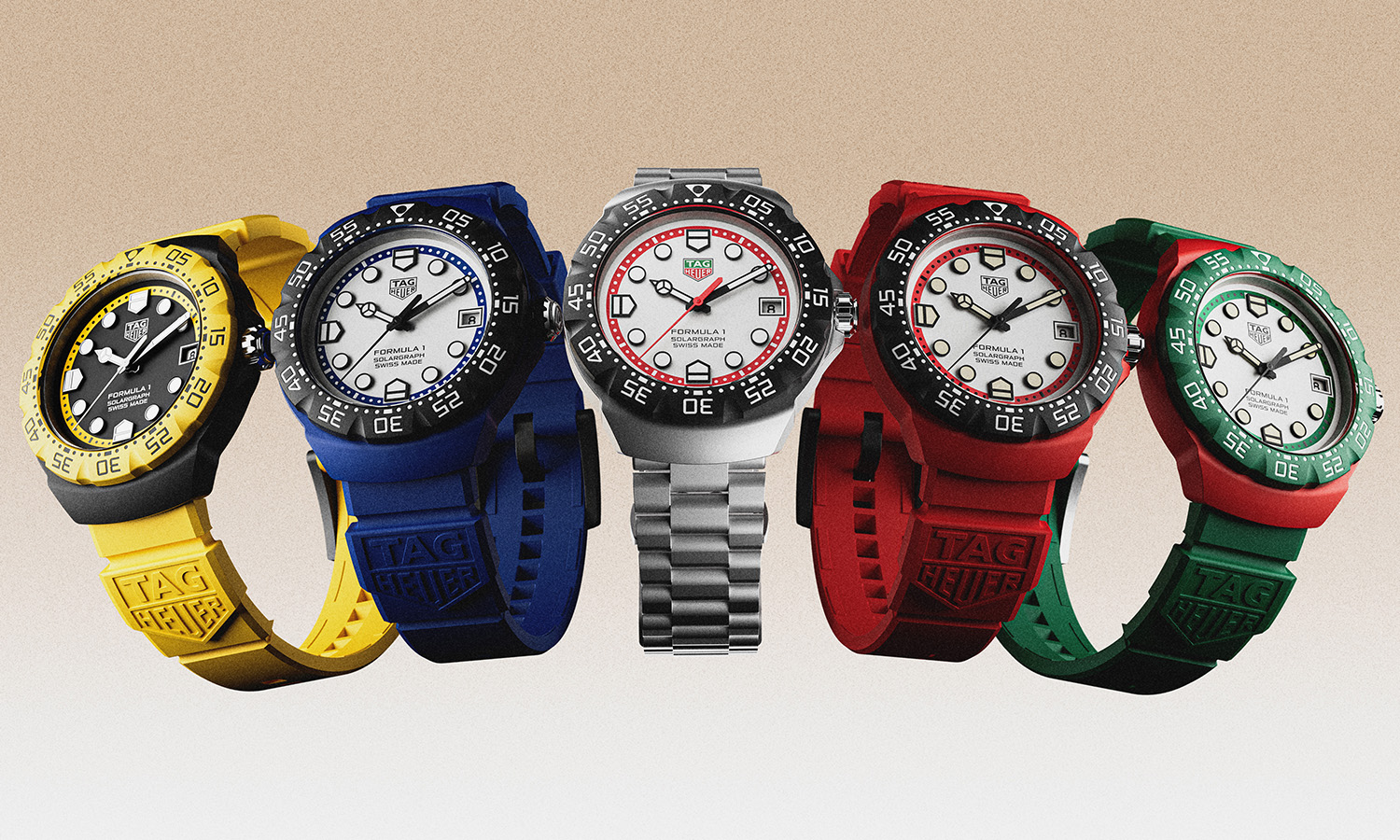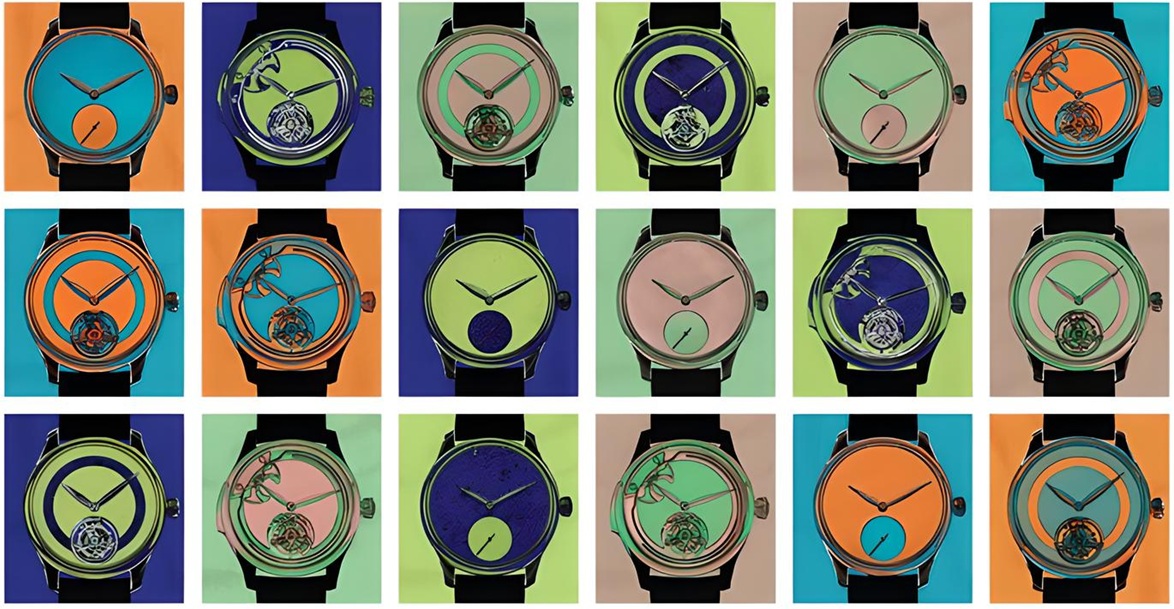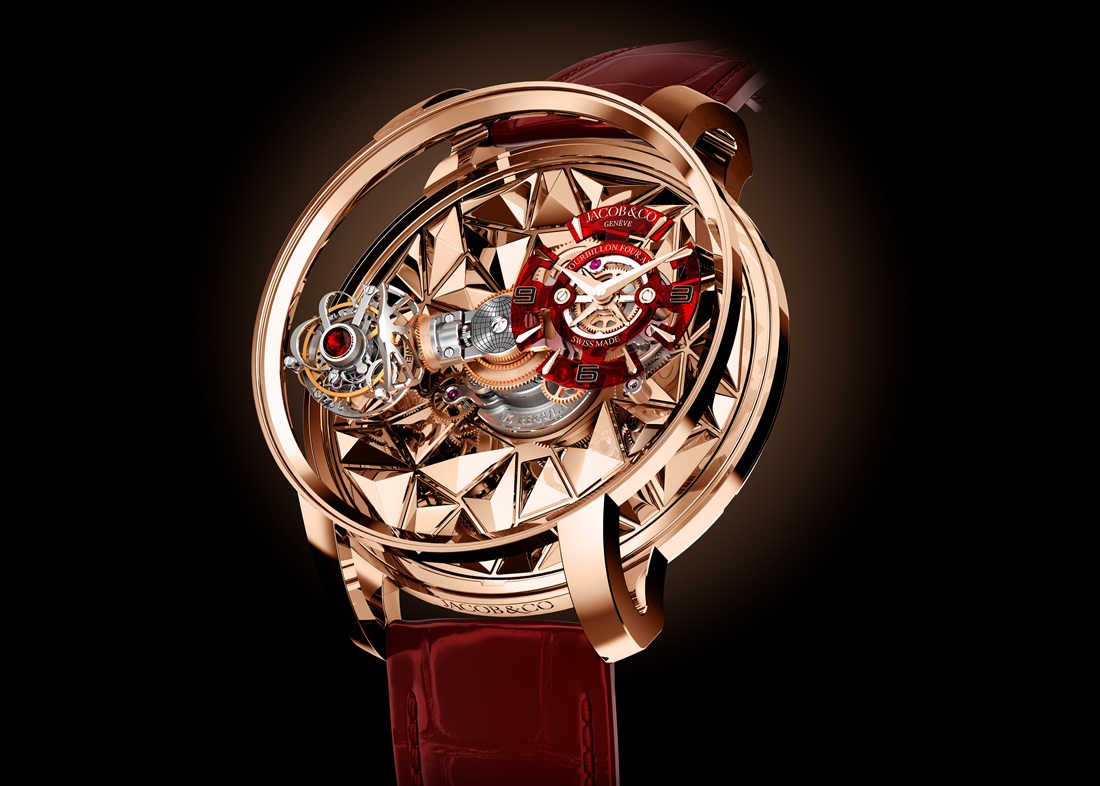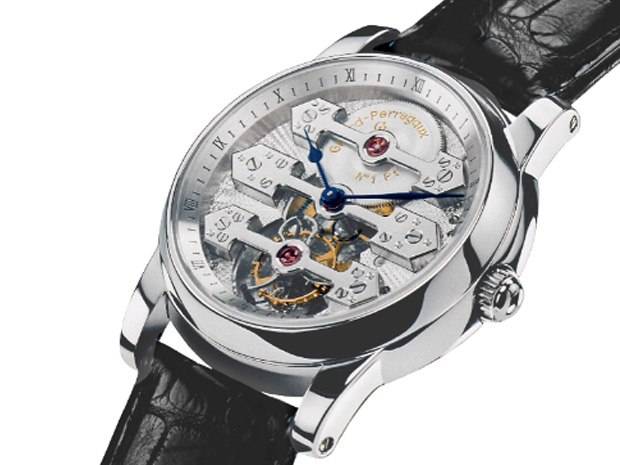
Throwback Thursday: Girard-Perregaux Makes History With Tri-Bridge Tourbillon
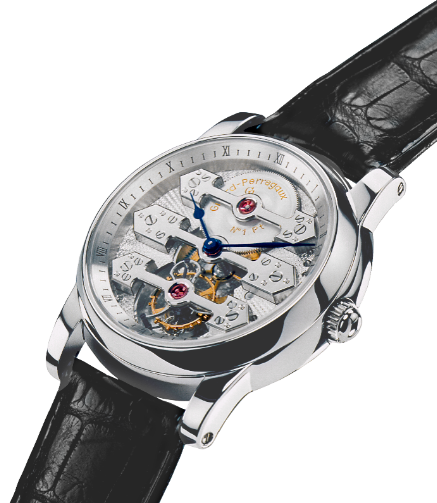
Girard-Perregaux founder Constant Girard (who married Marie Perregaux, the daughter and sister of well-known chronometer makers) devoted many years to designing and redesigning various escapement systems. He was particularly obsessed with the tourbillon. The fruit of this labor was a new invention: a tourbillon with three arrow-shaped parallel bridges holding the movement in place, making it possible to align the barrel, wheel train and tourbillon cage all on the same axis. Why did he do it ? He thought it looked cool; and thus, the tourbillon became an aesthetic rather than just a functional element of the watch movement. Girard patented the design in 1884 and won a gold medal for it at the Paris Exhibition of 1889.
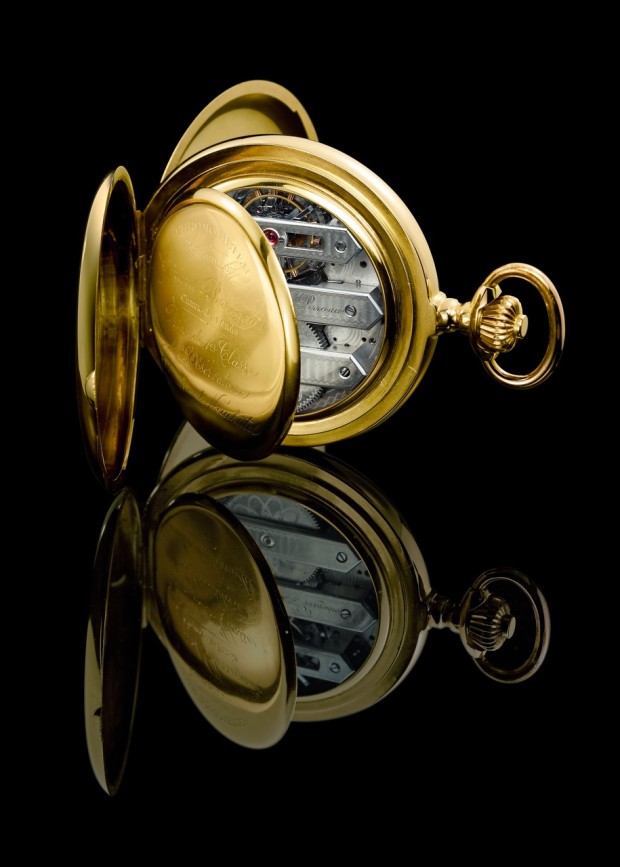
G-P set out to make 20 replicas of the original pocket watch in 1979, with a new movement that would be redesigned and built according to modern methods. It wasn’t until 1982 that the watches, now collectors’ items, were introduced. At the time, André Curtit, curator of the Museum of Horology in La Chaux-de-Fonds gave it high praise: “With all their merits, none of the old masters ever achieved a degree of finishing that equals this. In a word, this tourbillon embodies the highest level of quality I have encountered throughout my entire career.”
Development of the first miniaturized wristwatch model of the three-bridge tourbillon began in 1986 and was presented at Basel in 1991 to celebrate the brand’s bicentenary. Since then, the three-bridge tourbillon has evolved, with refined bridges, a skeleton version, various high complications and an automatic version. It remains a signature look for the brand and an icon in watchmaking.
 SIGN UP
SIGN UP

